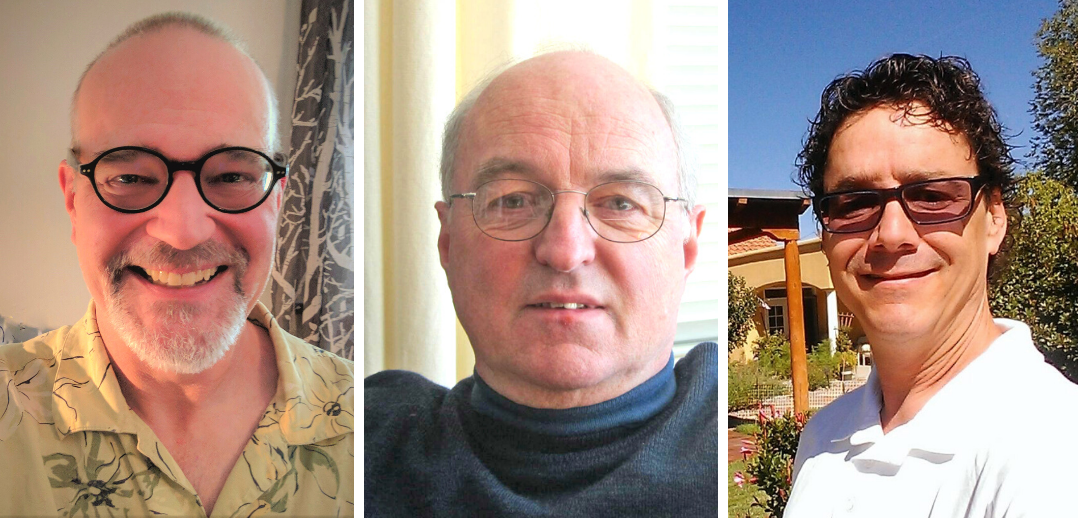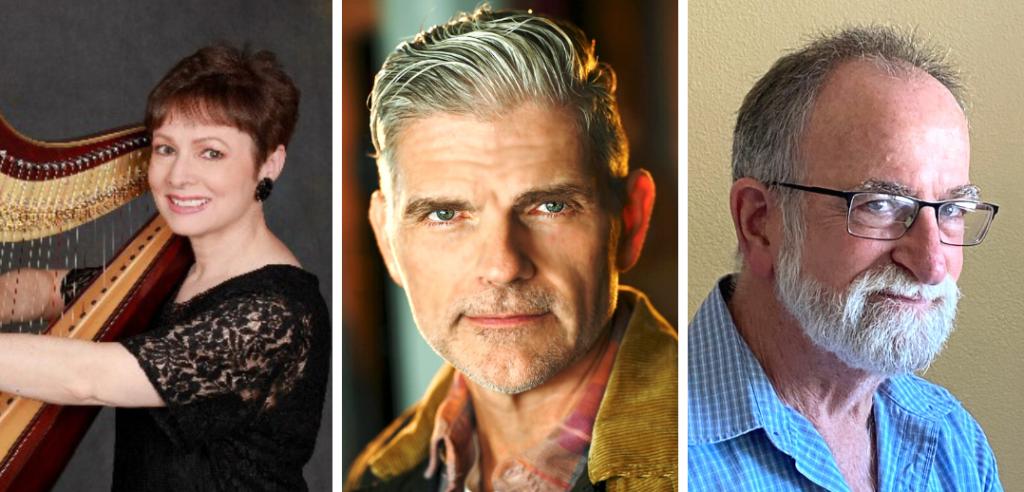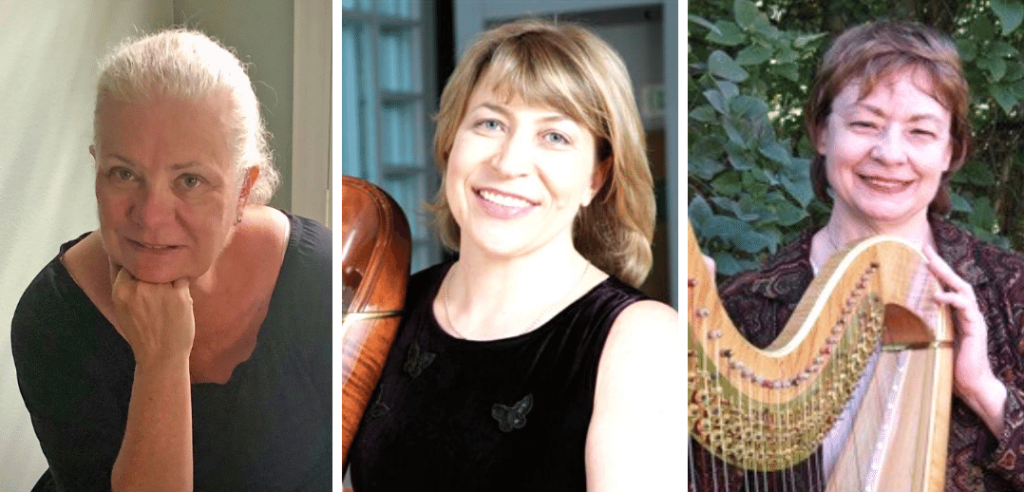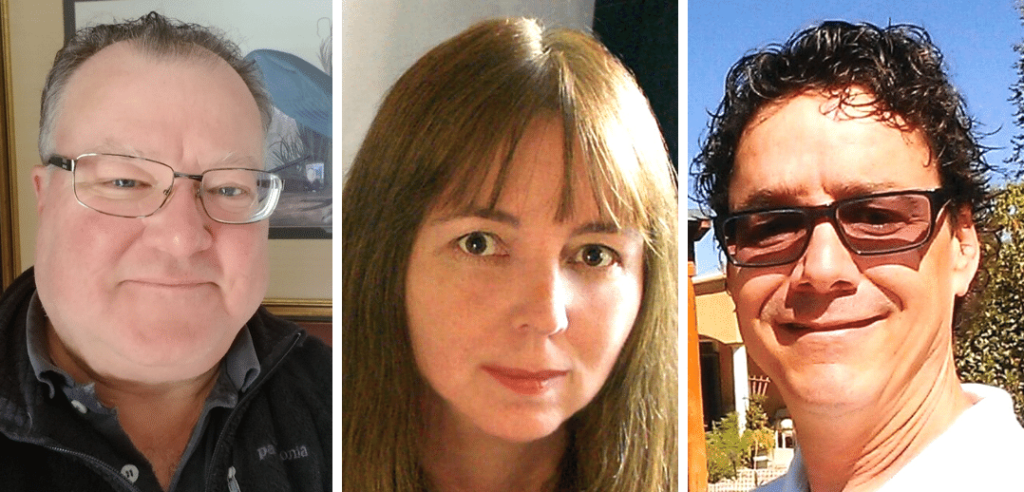There is no single component of a harp that can speak for the whole instrument. Could that question be answered about a car, for instance? There are several primary structural and mechanical issues I look at when inspecting any harp, and it would be irresponsible to state that any one of them was the most important. It would be like saying as long as a car’s transmission is in good shape, then it’s probably a good buy. But what if the head gasket is leaking and the exhaust system is rusted out?
Like cars, harps are complex machines that are subject to the forces of age, wear, and string tension. Buying a used harp without any professional assessment of its condition is risky. If I had to suggest one thing to look at, ask for the harp’s service record. If it has not been regulated recently, suggest that the owner have it regulated and tell the technician it is for sale. The technician can inspect it carefully, take notes on its condition, and be ready to answer prospective buyers’ questions. If the owner has not had it serviced and is not willing to do so, I would have to wonder how well cared for the harp has been over its lifetime.
—Steve Moss has over 20 years of experience servicing harps in the U.S.A. and abroad. Find him at mossharpservice.com.
Harpists, when checking out a used instrument, nearly always start by sitting down and playing it, listening to the sound, seeing how the pedals move, and generally examining the “feel” of the instrument, etc. These are the last things they should be looking at.
The most important thing they can do is to start by examining each of the parts of the harp, one at a time. Look at the neck: check the string alignment as each string passes through the discs. Are the strings dead center on each disc, or to the left of center? Are the strings in the 4th and 5th octaves near the tip of the disc pins, or more or less in the center? Then look at the soundboard and body: Is the soundboard badly pulled up? Does the center strip have cracks? Is it lifting anywhere? The column: is it straight or bowed? They should get down on their hands and knees and look at where the body and the pedestal meet. Is there a gap between the body and pedestal? Is there a shadow line on the soundboard where the baseboard has slipped down? Is the baseboard cracked or broken? Move each of the pedals through all positions to look for clicking or sluggish movement. If all of these individual parts seem to be in order, only then should the potential buyer sit down at the harp and see what it sounds and feels like.
—Carl Swanson is a harpist, teacher, technician, and harp builder who has published editions of major harp works with Carl Fischer Music.
Instead of one thing, consider the following in this order: structure, mechanical function, and then sound. What?! Sound is the most important thing, right? The body base frame (the foundation of the body and, well, everything) might be cracked resulting in improved resonance, but the harp will need several thousand dollars and months to repair. So no, sound should not be the first. Structure: A new harp has the column leaning away from the harpist, it is not straight up and down. With time it will straighten. Get concerned if it leans inward toward the harpist. Does the soundboard have a crack running parallel to the strings with this crack about ¾” away from the center strip? A crack right at the center strip and the soundboard is 99% harmless but ¾” outward might not be. How warped is the neck? Look at the 4th F sharp when engaged. The string should be more than 1/8 inch down the pins toward the disc face. Also look at the kneeblock area for cracks.
Regarding cracks—they might be superficial, cosmetic, or structural. Does the crack look old? Darkened with time? New wood cracks have a fresh pale look. Old cracks are often stable, if there was a serious problem they keep growing. Mechanical function: Move the pedals up and down without playing the strings and listen for clicks and clacks. They are there as all harps have them (ask any technician). Loud clacks are concerns. “Tick tick” is not. •
—Peter Wiley, the “Harp Doc,” is a certified member of the Lyon & Healy/Salvi Harp Technicians Guild.















